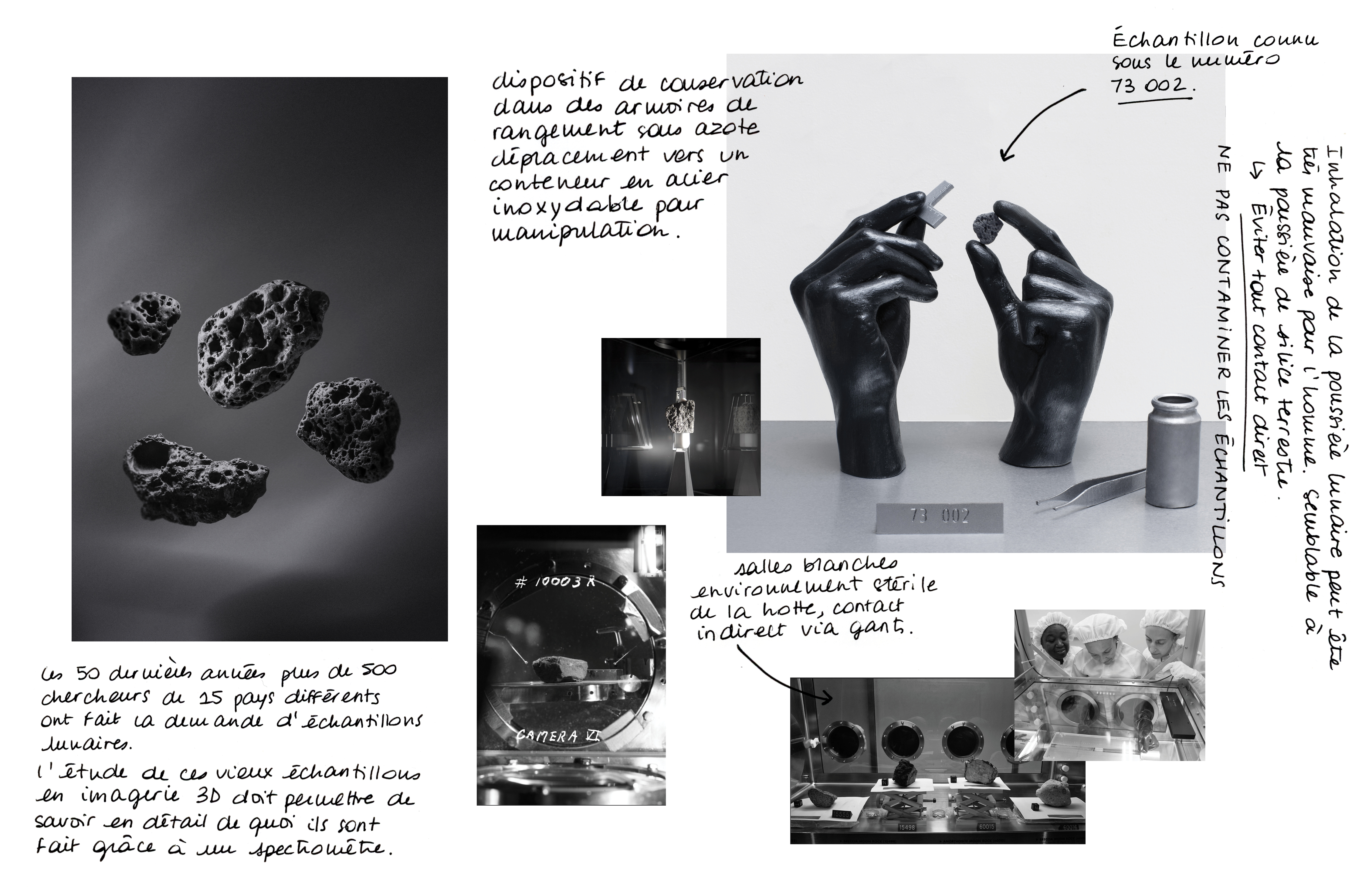Mémoire d’un Futur, L’Empreinte de l’Homme
(Memory of a Future, The Trace of Man)
2020 / 2021
Laureat of the "image 3.0" commission launched by the CNAP in partnership with the Jeu de Paume and the Ministry of Culture
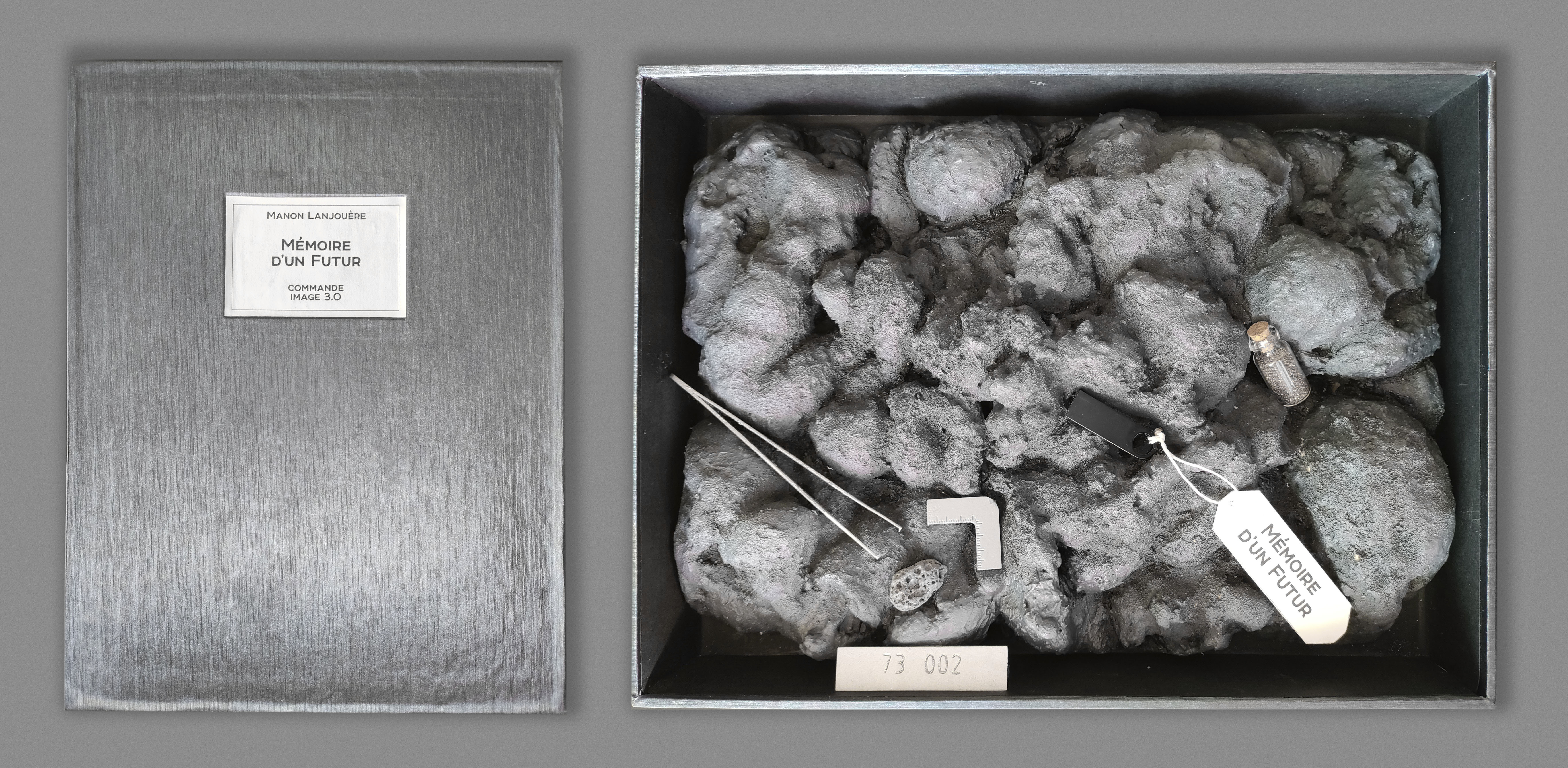
A dematerialized work that can be presented in two differents protocols, one in the form of an installation mixing photo prints, 3D prints, sound recordings, texts, the second in the form of a logbook, a scientific research notebook.
Click here to read the entire manifest in french ︎︎︎

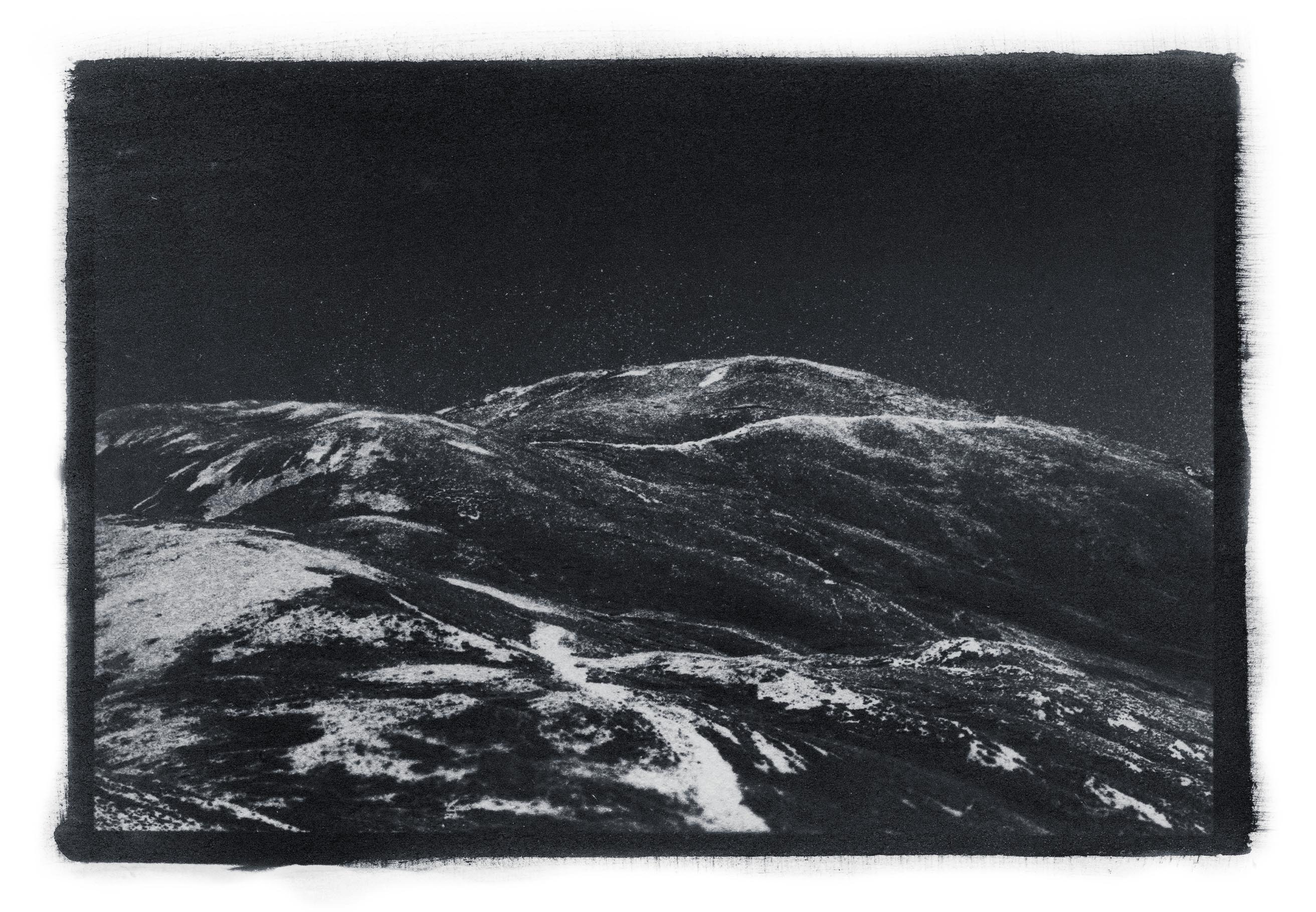

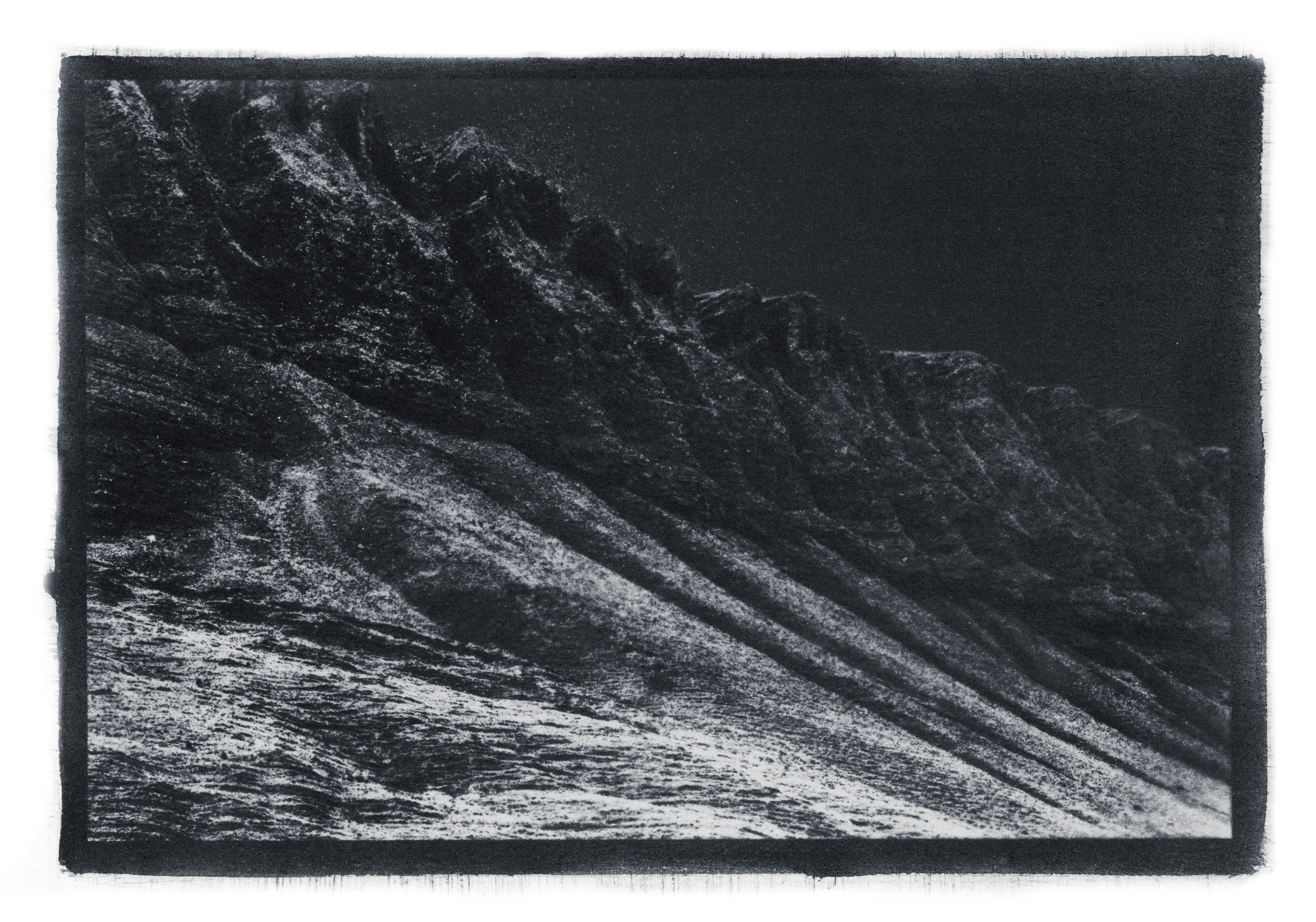
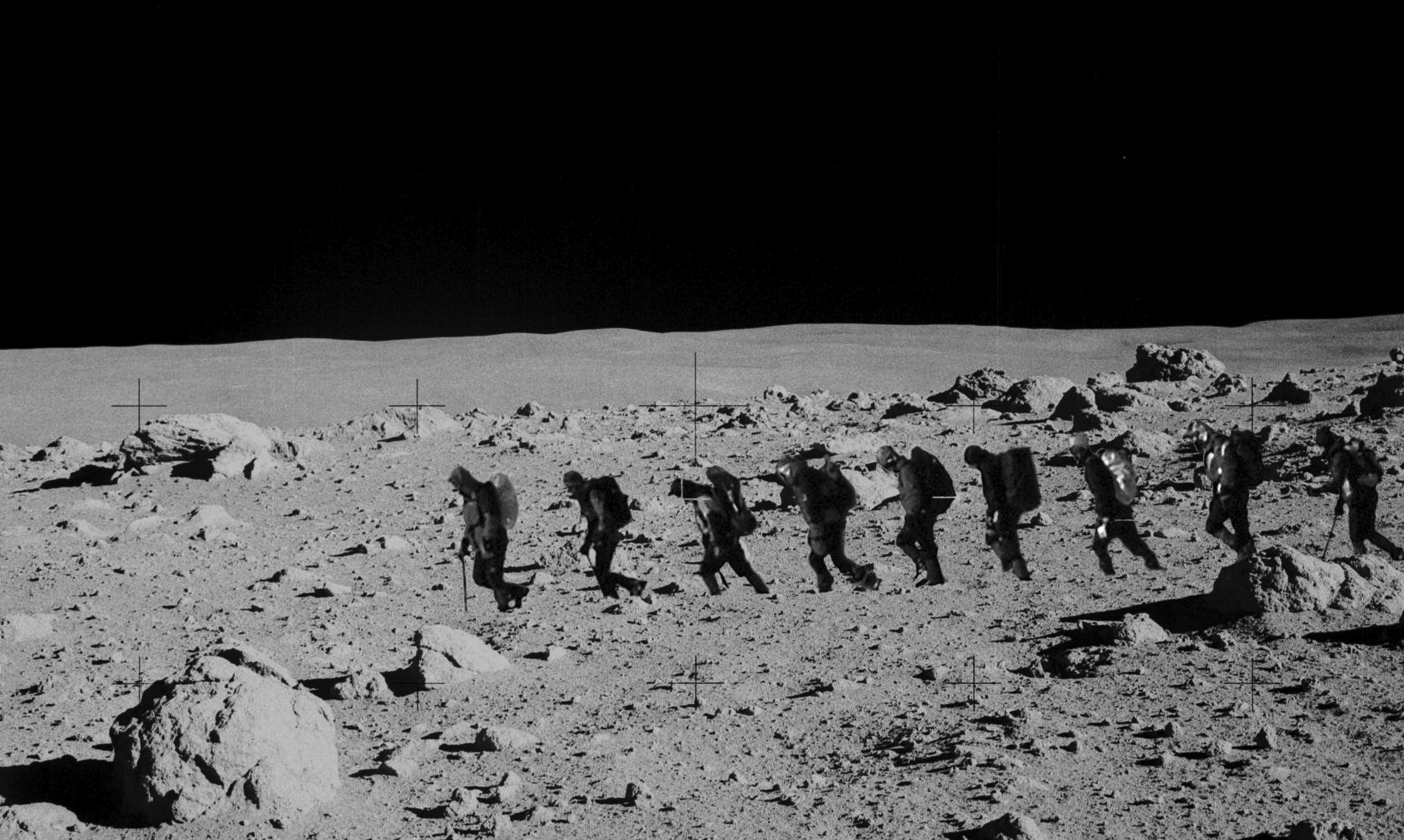

Reflecting the history of mankind, the space adventure was built on the dream of other worlds to conquer and inhabit. For centuries, it was reserved for fiction, but the 20th century saw the optimistic assumption that nothing would stop Man's technical ingenuity, his taste for progress, his thirst for knowledge and his ability to push back frontiers. Transforming the new human fantasy into a physical reality, Man set foot on the Moon on 21 July 1969, leaving an American flag for posterity, thus reproducing a very old European gesture of conquest. A literary and fictional motif par excellence, the Moon has been gradually transformed over the centuries into a new territory to be explored and mapped. But should the 'seventh' continent be conquered? In light of all the increasingly wild projects, such as exploiting resources on the Moon, living on Mars by 2030 or sending tourists into space, we can then question the future impact that Man's presence will have on these new territories.
If long-term space exploration lacks a future for humans, the same may not be true for the exploitation of extraterrestrial mineral resources, which may well provide sufficient motivation for industries to invest in and create lunar villages. Seriously considered, mineral drilling is not without ecological consequences on Earth, so will it have the same impact in an unknown environment like the Moon or other stars?
Inspired by the stories of the great discoveries of the 19th century, Memory of a Future proposes to exhibit an “outer space” fiction, an imaginary story showing the possible effects of space travel. While the astronomer was envisaged in the 17th century as the latest type of explorer, the long-distance traveller, making the analogy between the new world and the other world, Memory of a Future is inspired by the abundant iconography of the 19th century, which portrays the image of the explorer as an emblematic figure of society. Closely linked to the imaginary of which it is the vector, it can nevertheless be questioned because it reveals ambitions to appropriate the world. Taking up the constitutive features of the narratives of the world's discoveries, such as the mapping of "white" space, the full-length portrait in "travel suit", the stereotyped scenes of the walking column that portray exploration as an adventurous enterprise, and the iconography of the flag in the name of which the explorer treads on the ground, Memory of a Future shows that the discovery of the universe and the unveiling of the lunar and Martian surface as a symbolic appropriation will end up merging with the narrative of its actual appropriation through conquest. By adopting the position of a historian researching the archives, the project is built around the knowledge of our past to propose a fictional account of our future. This account of a journey to the Moon is then proposed as an alternative to the great stellar crusades, the consequences of which we do not yet know. From the American West, via Everest or Mount Cameroon, to the poles; the choice of reworked images as well as the new settings will attempt to raise awareness of future space projects.
Showing a new world that we discover without actually landing on it, Memory of a Future will attempt to affirm that fiction is a fundamental stimulus for man's understanding of his environment.
![]()
![]()
![]()
![]()
If long-term space exploration lacks a future for humans, the same may not be true for the exploitation of extraterrestrial mineral resources, which may well provide sufficient motivation for industries to invest in and create lunar villages. Seriously considered, mineral drilling is not without ecological consequences on Earth, so will it have the same impact in an unknown environment like the Moon or other stars?
Inspired by the stories of the great discoveries of the 19th century, Memory of a Future proposes to exhibit an “outer space” fiction, an imaginary story showing the possible effects of space travel. While the astronomer was envisaged in the 17th century as the latest type of explorer, the long-distance traveller, making the analogy between the new world and the other world, Memory of a Future is inspired by the abundant iconography of the 19th century, which portrays the image of the explorer as an emblematic figure of society. Closely linked to the imaginary of which it is the vector, it can nevertheless be questioned because it reveals ambitions to appropriate the world. Taking up the constitutive features of the narratives of the world's discoveries, such as the mapping of "white" space, the full-length portrait in "travel suit", the stereotyped scenes of the walking column that portray exploration as an adventurous enterprise, and the iconography of the flag in the name of which the explorer treads on the ground, Memory of a Future shows that the discovery of the universe and the unveiling of the lunar and Martian surface as a symbolic appropriation will end up merging with the narrative of its actual appropriation through conquest. By adopting the position of a historian researching the archives, the project is built around the knowledge of our past to propose a fictional account of our future. This account of a journey to the Moon is then proposed as an alternative to the great stellar crusades, the consequences of which we do not yet know. From the American West, via Everest or Mount Cameroon, to the poles; the choice of reworked images as well as the new settings will attempt to raise awareness of future space projects.
Showing a new world that we discover without actually landing on it, Memory of a Future will attempt to affirm that fiction is a fundamental stimulus for man's understanding of his environment.





